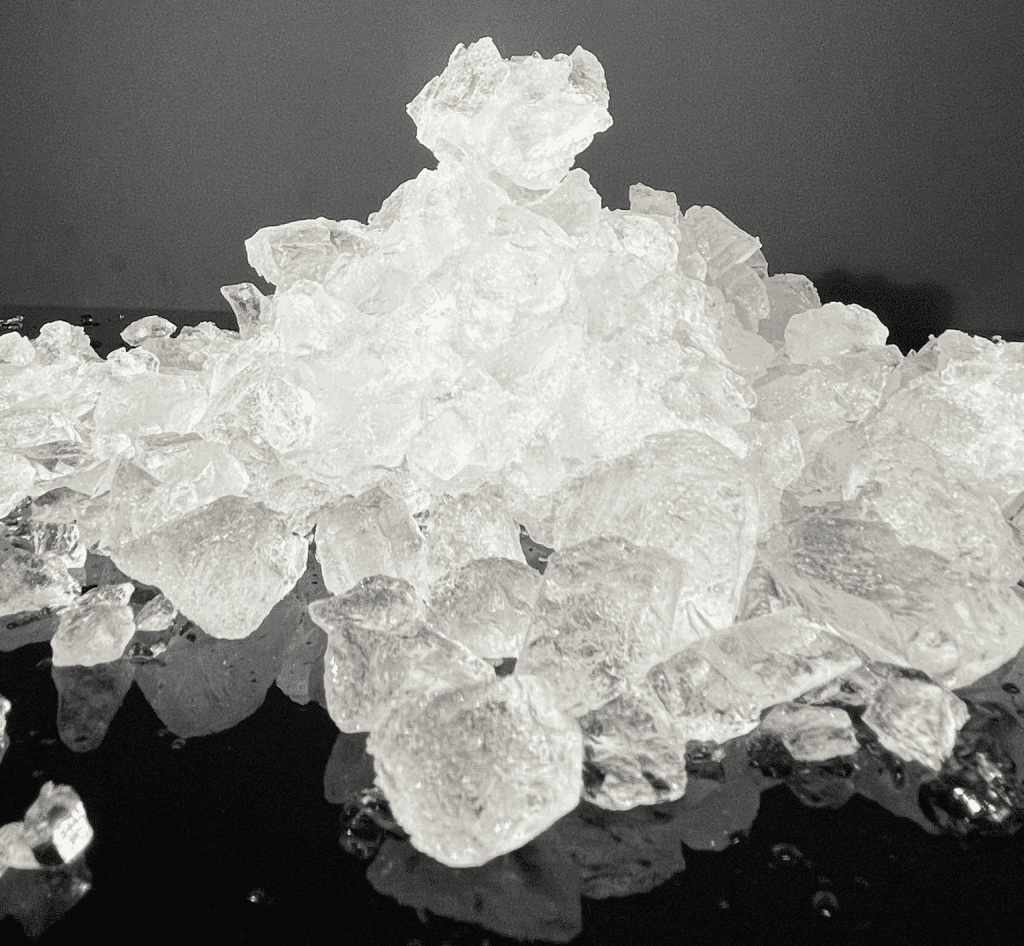Cooking with family often brings out those little “secret” techniques passed down through generations. One morning, as I was preparing an omelet with my aunt, I noticed her do something curious. She crushed a few ice cubes and added them to the eggs before whisking. It was a trick I had never seen before, and I couldn’t help but wonder why she would do that. Turns out, this quirky addition has a purpose — it makes a world of difference in texture and taste. Let’s dive into why adding crushed ice to eggs can be a game-changer for omelet lovers.

The Science Behind Adding Crushed Ice to Eggs
Understanding why crushed ice works in omelets requires a bit of science. When you add ice to the eggs, it immediately lowers the temperature of the egg mixture, slowing down the cooking process once it hits the pan. This delay allows the proteins in the eggs to set more slowly, creating a lighter, fluffier texture. As the ice melts and turns to steam, it helps expand the eggs, creating tiny air pockets within the omelet. The result? An airy, delicate omelet that feels almost like a soufflé.
How Crushed Ice Creates a Fluffy, Light Texture
The melting ice does more than just cool the eggs; it introduces moisture that can transform a dense, heavy omelet into a light, cloud-like meal. The steam released during cooking not only gives the omelet extra volume but also helps prevent the eggs from becoming overly dry. The added water keeps the mixture moist, producing a tender, fluffy bite that practically melts in your mouth.
Benefits of Using Crushed Ice in Omelets
Adding crushed ice to omelets offers several unique benefits:
- Enhanced Fluffiness: By delaying the setting process, crushed ice allows the eggs to puff up more, giving your omelet a luxurious, fluffy texture.
- Moisture Retention: The ice prevents the eggs from drying out, ensuring a soft and moist result.
- Even Cooking: The slower setting process allows the omelet to cook more evenly, reducing the chances of burning the outside while the inside remains undercooked.
This simple trick doesn’t just change the omelet’s texture but can also improve its visual appeal. A plumper, fluffier omelet looks as delicious as it tastes!
My Personal Experience with the Crushed Ice Method
Seeing my aunt use crushed ice in her omelets was initially surprising, but trying it out myself was an eye-opener. Normally, my omelets were somewhat dense and occasionally unevenly cooked. When I added crushed ice and tried her technique, the difference was noticeable right away. My omelet turned out beautifully fluffy and light, with an even texture and a delightful tenderness. It felt almost like I had ordered it from a high-end restaurant. I couldn’t believe such a simple addition could elevate the dish so much.

Debunking Common Myths About Adding Water to Eggs
There’s a widespread belief that adding water to eggs dilutes the flavor, making the dish taste bland. While it’s true that excessive water can change the taste, adding a small amount of ice (about one or two cubes per omelet) actually improves the final product without compromising flavor. The controlled release of steam from the melting ice doesn’t make the eggs watery; instead, it helps create that airy structure. Another myth is that adding anything unconventional, like ice, isn’t necessary. But as with many cooking tricks, sometimes the smallest changes make the biggest impact.
Alternative Methods to Make Your Omelets Fluffier
If you’re intrigued by the idea of fluffy omelets but don’t have ice on hand, there are a few other tricks that can achieve a similar result:
- Vigorous Whisking: Whisking the eggs vigorously incorporates air, adding some volume. It’s the simplest way to lighten the mixture.
- Adding Dairy: Some people add milk, cream, or even sour cream for extra richness and moisture, which can help create a softer texture.
- Separating the Eggs: Beat the whites separately until they form soft peaks, then gently fold them back into the yolks. This technique produces a soufflé-like omelet with an ultra-fluffy texture.
Each method has its charm and offers different textures, but the crushed ice trick is a quick, easy way to add fluffiness without extra steps or ingredients.

What the Experts Say About Using Ice in Cooking
Many culinary experts agree that temperature control is a crucial element in achieving perfect textures. Professional chefs often use ice strategically to adjust textures in a variety of dishes. By briefly cooling the mixture, ice allows the eggs to retain moisture and expand as they cook, producing an effect similar to a light soufflé. The chefs who have tested this method often praise it for producing a reliably airy omelet, proving that sometimes the simplest tricks yield the best results.
Conclusion: Why You Should Try the Crushed Ice Technique in Your Next Omelet
Adding crushed ice to eggs may sound odd, but it’s a brilliant, science-backed method that can take your omelets to the next level. The cold slows the cooking process, creating a fluffier, lighter texture while the melting ice keeps everything moist and tender. My aunt’s little trick turned out to be a delightful discovery that transformed an everyday breakfast item into a dish that felt gourmet. So, next time you’re in the mood for an omelet, consider reaching for the ice tray – you might just be surprised by the delicious difference it makes.


